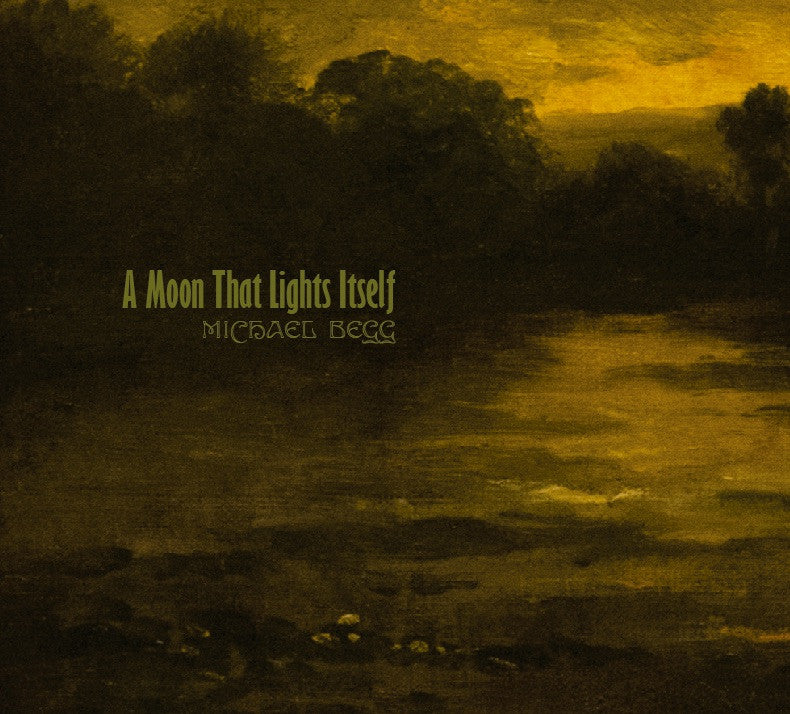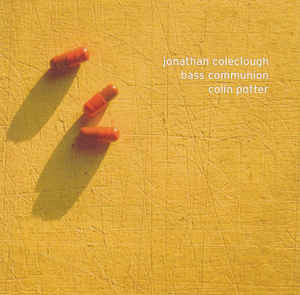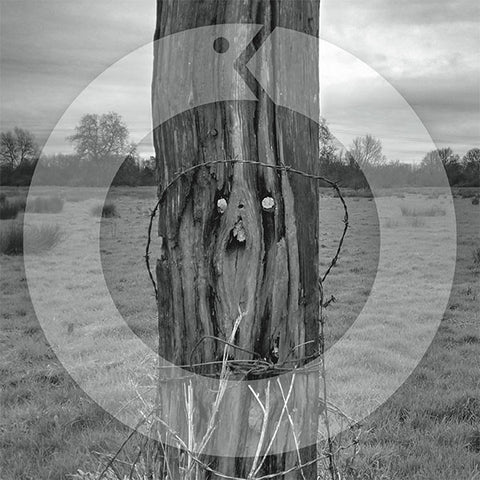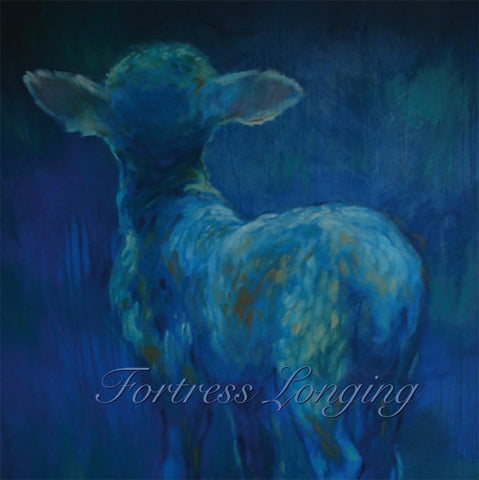
Michael Begg 'A Moon that Lights Itself' CD
A Moon That Lights Itself effortlessly connotes the human emotions and numinous qualities of the French impressionist Daubigny's nights on canvas with a series of rich soundscapes. Begg's orchestrations bear a remarkable attention-to-detail - the 'instruments' have an acoustic richness that is deftly, and stealthily combined with smooth, electronic undertows and found sounds (such as bird song, water and glass). Together they transpose Daubigny's nocturnal impressions into a more visceral experience, dwelling particularly on the "deep melancholy" Begg found in Daubigny's later paintings. Russell Cuzner.
Early in 2016 Begg released Let The Cold Stove Sing, which also bore a similarly synaesthetic approach with visual art, albeit from later periods that provoked more abstract sounds. Of that release we noted how "its nimble stepping through figurative music and abstract sound paints such rich, rewarding contrasts... to form an enthralling exhibition." On A Moon That Lights Itself the tender music lit by rare sound design exhibits a more refined approach than before, providing a deceptively potent form of moon music, wholly accessible yet with great emotional depth.
Sad orchestral music: it just gravitates towards me. In fact, rarely has a sombre cello fallen outside of the gravitational pull of my headphones. I can’t even blame Clinton for this FFS -- he’s on holiday, so I was invited to ‘pick out’ a few discs from the pile this week. Rarely one to stay put within my comfort zone -- naturally -- I’m pleased as punch with my decisions this chilly Monday. So, on to Michael Begg then: a musician with a background theatrical productions, sound design and solo composition. This record, ‘A Moon That Lights Itself’, was commissioned by Scottish National Galleries to celebrate the proto-impressionist works of the once overlooked but recently highly regarded 19th-century painter Charles François Daubigny.
Begg has messed about on boats, played on mountains and performed in caves. He’s on a boat here, by the sound of it: there he is (‘Moonrise’), making the water splash gently as he rows down the Ouse, electronics throbbing and drifting in his wake. Skylarks rise in the fields. Geese honk. Cello -- played by Clea Friend -- weaves amongst the reedbeds. It is a late Summer’s evening, dusk. The sudden and alarming hoot of an owl bursts through a lull. It’s the soundtrack to Daubigny’s nocturnal paintings en plein air from his boat studio, the date: August 28th, 1870. Maybe there'll be a film about him, all atmospheric and spooky as anything. The moon is bright tonight. Begg’s music is here to draw you in with all the force of the lunar pull, strong and luminescent as ever.
Review by Frans de Waard in Vital Weekly : Fovea Hex member and erstwhile known as Human Greed, Michael Begg now works mostly under
his own name and was recently commissioned by Scottish National Galleries to compose a work
around 19th century painter Charles François Daubigny, wildly regarded as the one of the painters
paving the way for the impressionists. In the last years of his life he primarily painted nocturnal
scenes and this was, we're speaking of the 1870s, also the period when the nocturne as a piece
of music to be played around that time of the day made it's rise. Somewhere else in France in that
time "Edouard-Lean Scott de Martinville conceived and produced the phonautogragh. This device,
appearing years before Edison’s phonograph, enabled sound, for the first time, to be captured.
Unlike Edison, however, de Martinville neglected - or saw no need - to provide the means to
playback the recording. Rather, a visual representation was captured on a lamp black cylinder."
When in 2008 they uncovered what was on there, it was a voice singing 'Au Clair De La Lune'.
As you can imagine, providing you know the music of Begg a bit, these are all fine starting points
for the kind of music he plays. Much like impressionist painting, Begg plays music that hints
towards such things as landscapes, nocturnal mostly but also otherwise, with the simple stroke
or gesture of a few sounds on the map of the magnetic tape. Some sounds, however vaguely they
might be, depict more than a highly refined composition. To that end Begg uses field recordings
of birds, cello sounds by Clea Friend or his own electronic set-up; I assume this is mainly to be
found in the world of computer processing the aforementioned sources, adding them all together
and yet still knows to make the music very quiet. There is not a single shocking sound here (and
why should there?), but its not always sweet or introspective, as 'Daubigny's Reverie' with it's
more haunted drones proof. The second half of the disc seems all together to be a bit darker on
the atmospheric side. Maybe night has fallen and we are wandering all by ourselves through a
moonlit forest? Ranging from the very abstract to the more musical, this is a beautiful trip into
the musical twilight. Overall a great release, that I would rank easily among Begg's best.



